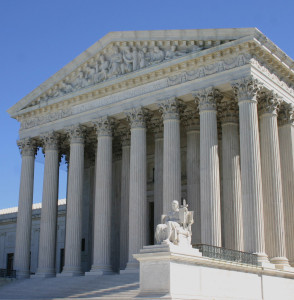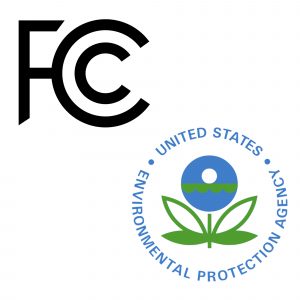January has been a busy month for the Fifth Circuit, which has issued a number of significant rulings.
Articles Posted in Environmental
Environmental and Regulatory Highlights of the Fall 2019 Unified Agenda of Regulatory Actions
 In late December, the Office of Management and Budget (OMB) released the “Fall 2019 Unified Agenda of Regulatory Actions” just a few days before the Calendar turned to the year 2020. (It should be noted that the Spring Agenda was not released until June 24, 2019.) Individual agency agendas were published in the Federal Register by several agencies and executive departments on December 26, 2019. The entire agenda, which is a survey of all current and projected rule-making actions that federal agencies and departments are planning over the next 12 months, is available at such government websites as regulations.gov. The Agenda provides valuable insights into the actions these agencies believe to be most important. This survey will largely concentrate on environmental regulatory developments, although other matters are worth noting.
In late December, the Office of Management and Budget (OMB) released the “Fall 2019 Unified Agenda of Regulatory Actions” just a few days before the Calendar turned to the year 2020. (It should be noted that the Spring Agenda was not released until June 24, 2019.) Individual agency agendas were published in the Federal Register by several agencies and executive departments on December 26, 2019. The entire agenda, which is a survey of all current and projected rule-making actions that federal agencies and departments are planning over the next 12 months, is available at such government websites as regulations.gov. The Agenda provides valuable insights into the actions these agencies believe to be most important. This survey will largely concentrate on environmental regulatory developments, although other matters are worth noting.
EPA Will Soon Issue the Latest Revision to the Risk Management Program (RMP) Chemical Release Rules
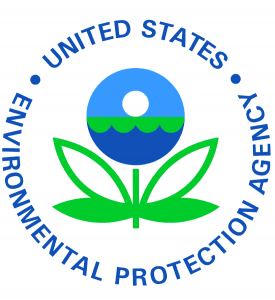 On November 21, 2019, EPA released a pre-publication copy of its Reconsideration of the revised Risk Management Program (RMP) Rules. In an accompanying statement, the agency noted that it has taken steps to “modify and improve” the existing rule to remove burdensome, costly and unnecessary requirements while maintaining appropriate protection (against accidental chemical releases) and ensuring responders have access to all of the necessary safety information. This action was taken in response to EPA’s January 13, 2017 revisions that significantly expanded the chemical release prevention provisions the existing RMP rules in the wake of the disastrous chemical plant explosion in West, Texas. The Reconsideration will take effect upon its publication in the Federal Register.
On November 21, 2019, EPA released a pre-publication copy of its Reconsideration of the revised Risk Management Program (RMP) Rules. In an accompanying statement, the agency noted that it has taken steps to “modify and improve” the existing rule to remove burdensome, costly and unnecessary requirements while maintaining appropriate protection (against accidental chemical releases) and ensuring responders have access to all of the necessary safety information. This action was taken in response to EPA’s January 13, 2017 revisions that significantly expanded the chemical release prevention provisions the existing RMP rules in the wake of the disastrous chemical plant explosion in West, Texas. The Reconsideration will take effect upon its publication in the Federal Register.
U.S. Supreme Court Oral Arguments: Maritime Charters and the Specter of a New Permitting Regime
Two Decisions by Federal Appeals Courts Uphold Agency Deference
Sustainability Puts Down Roots in Real Estate
 Sustainability has evolved from a passing trend or niche preference into an undeniable, growing driver of the real estate market. This is particularly true as millennials comprise an increasing proportion of the workforce, home-buying population, and individuals influencing the future of real estate development in the United States.
Sustainability has evolved from a passing trend or niche preference into an undeniable, growing driver of the real estate market. This is particularly true as millennials comprise an increasing proportion of the workforce, home-buying population, and individuals influencing the future of real estate development in the United States.
EPA and the Corps of Engineers Repeal the 2015 “Waters of the United States” Rule
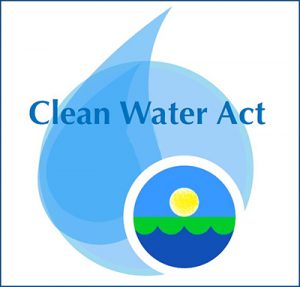 The pre-publication version of the final rule to be promulgated by EPA and the U.S. Army Corps of Engineers (ACOE) to repeal the 2015 redefinition of the Clean Water Act’s term “Waters of the United States” which is the linchpin of these agencies’ regulatory power under the CWA, was made available on September 12, 2019. The rule should be published in the Federal Register in the next few weeks, and it will be effective 60 days thereafter. Many challenges are expected to be filed in the federal courts.
The pre-publication version of the final rule to be promulgated by EPA and the U.S. Army Corps of Engineers (ACOE) to repeal the 2015 redefinition of the Clean Water Act’s term “Waters of the United States” which is the linchpin of these agencies’ regulatory power under the CWA, was made available on September 12, 2019. The rule should be published in the Federal Register in the next few weeks, and it will be effective 60 days thereafter. Many challenges are expected to be filed in the federal courts.
Clean Water Act Cases: Of Irrigation and Navigability
 The federal courts have recently decided two significant Clean Water Act (CWA) cases: State of Georgia, et al. v. Wheeler, where the US District Court for the Southern District of Georgia held that the 2015 rulemaking proceeding of EPA and the U.S. Army Corps of Engineers redefining the term “Waters of the United States” in the CWA violated the Act as well as the Administrative Procedure Act; and the Ninth Circuit’s decision in Pacific Coast Federation of Fishermen’s Associations, et al. v. Glaser, where the appeals court ruled that the lower court erroneously interpreted a CWA NPDES permitting exception involving agricultural return flows.
The federal courts have recently decided two significant Clean Water Act (CWA) cases: State of Georgia, et al. v. Wheeler, where the US District Court for the Southern District of Georgia held that the 2015 rulemaking proceeding of EPA and the U.S. Army Corps of Engineers redefining the term “Waters of the United States” in the CWA violated the Act as well as the Administrative Procedure Act; and the Ninth Circuit’s decision in Pacific Coast Federation of Fishermen’s Associations, et al. v. Glaser, where the appeals court ruled that the lower court erroneously interpreted a CWA NPDES permitting exception involving agricultural return flows.
A Survey of New Texas Environmental Laws
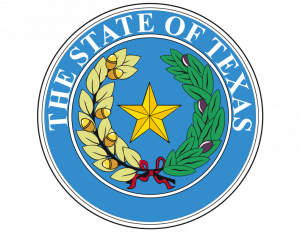 This is a brief survey of many of the environmental and regulatory laws passed by the Texas Legislature and signed by the Governor in the 86th Regular Session of the Legislature, which ended in May 2019. Altogether, more than 1,300 laws were enacted in this session, including a surprising number of environmentally related bills. Most of these new laws take effect on September 1, 2019. This survey places them in the following broad categories: Air, Water; Waste; Disaster (principally because of the effects of Hurricane Harvey); and Miscellaneous. (Special thanks to Jay Bowlby, a summer intern in our Houston office, who made a significant contribution to this survey.)
This is a brief survey of many of the environmental and regulatory laws passed by the Texas Legislature and signed by the Governor in the 86th Regular Session of the Legislature, which ended in May 2019. Altogether, more than 1,300 laws were enacted in this session, including a surprising number of environmentally related bills. Most of these new laws take effect on September 1, 2019. This survey places them in the following broad categories: Air, Water; Waste; Disaster (principally because of the effects of Hurricane Harvey); and Miscellaneous. (Special thanks to Jay Bowlby, a summer intern in our Houston office, who made a significant contribution to this survey.)
 Gravel2Gavel Construction & Real Estate Law Blog
Gravel2Gavel Construction & Real Estate Law Blog



